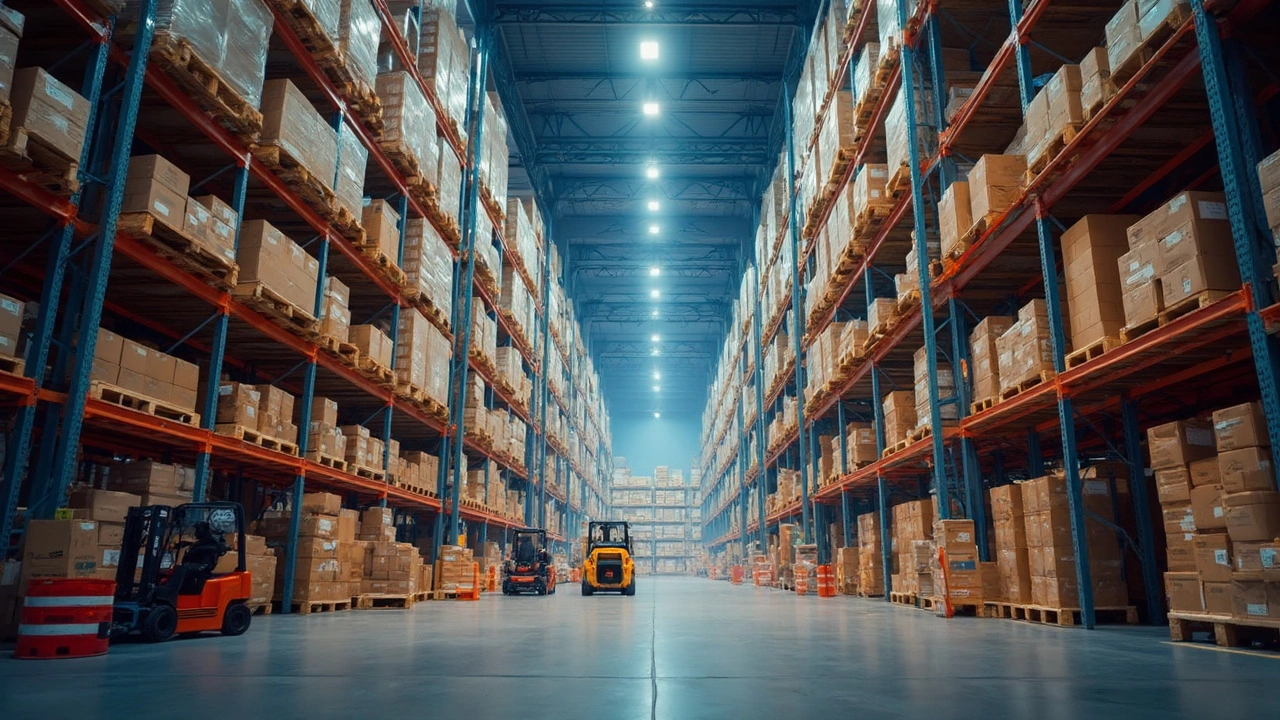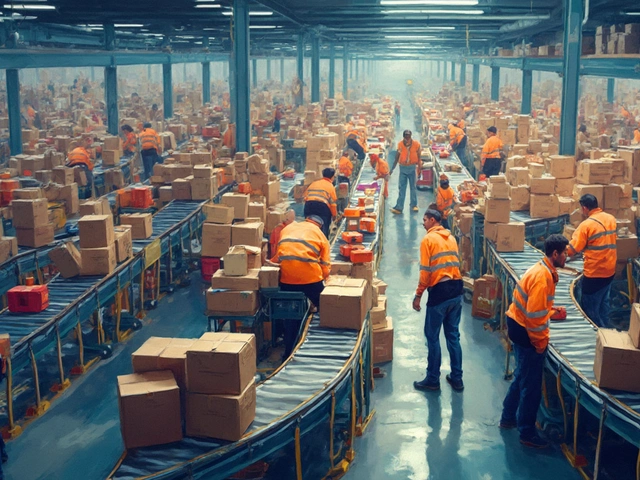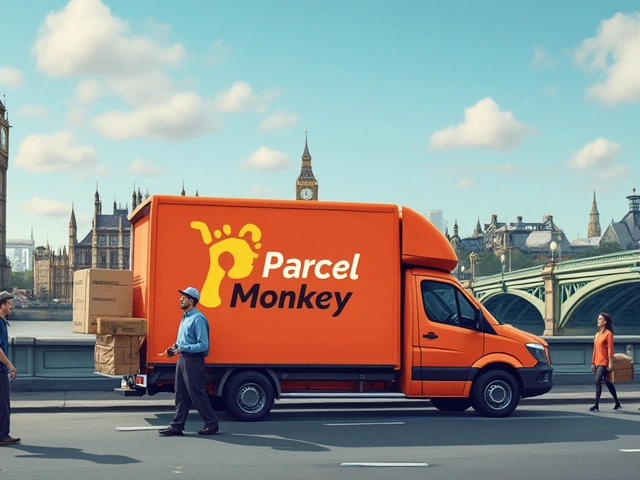Fulfillment Centers Explained: What They Are and How They Help Your Business
Ever wonder how the package you ordered shows up at your door so quickly? Most of the magic happens inside a fulfillment center. Think of it as a busy warehouse where products are stored, packed, and shipped out on demand. It’s the hub that connects manufacturers, online stores, and customers.
In a fulfillment center, inventory is kept organized with shelves, bins, and barcode systems. When an order comes in, software tells workers exactly which items to pull, how to pack them, and which carrier to use. The whole process is designed to move fast and avoid mistakes. That’s why many e‑commerce shops rely on these centers instead of handling shipping themselves.
Using a fulfillment center brings several clear benefits. First, it cuts down on the time it takes to get a product out the door. Second, you don’t need a big warehouse or a staff of packers. Third, you get better shipping rates because the center negotiates bulk deals with carriers. Finally, your customers enjoy faster delivery, which boosts repeat buying.
Key Services Offered by Fulfillment Centers
Most centers provide a core set of services: receiving stock, storing it safely, picking items for each order, packing with branded materials, and shipping via the carrier of your choice. Many also handle returns, inspect damaged goods, and restock what’s left. Some add extra features like kitting (assembling multiple items into a single package) or custom labeling for different sales channels.
Technology is a big part of the service. Warehouse Management Systems (WMS) track every SKU in real time, alert you when stock is low, and generate reports on order volume. Integration with platforms like Shopify, WooCommerce, or Amazon lets orders flow automatically into the center without manual data entry.
Choosing the Right Fulfillment Partner
Not every fulfillment center fits every business. Start by matching the center’s location to your main customers – shorter distances mean lower shipping costs. Check their pricing structure: some charge per pick, others per cubic foot. Make sure the fees are clear and there are no hidden surcharges for peak seasons.
Next, look at their technology. Can the WMS talk to your e‑commerce platform? Does it give you visibility into inventory levels and shipment tracking? A good partner will offer a dashboard where you can see everything at a glance.
Finally, test their service quality. Order a sample shipment and see how fast it arrives, how it’s packed, and whether the tracking info is accurate. Good communication and reliable performance are non‑negotiable if you want happy customers.
Whether you sell a handful of items or run a multi‑million‑dollar online store, a fulfillment center can scale with you. It takes the logistics headaches off your plate so you can focus on product development, marketing, and growth.
Ready to explore a fulfillment center? Start by listing your top shipping destinations, estimating your monthly order volume, and comparing a few providers. The right partner will reduce costs, speed up delivery, and keep your inventory under control – all of which help your business thrive.
March 30, 2025
Evelyn Wescott
0 Comments
Find out where the largest warehouse in the USA is located and what makes it stand out. Explore the unique features and immense capabilities of this massive storage facility. Understand how such warehouses are shaping global logistics and what it means for businesses. Learn some surprising facts about its operations and the role it plays in supply chains.




